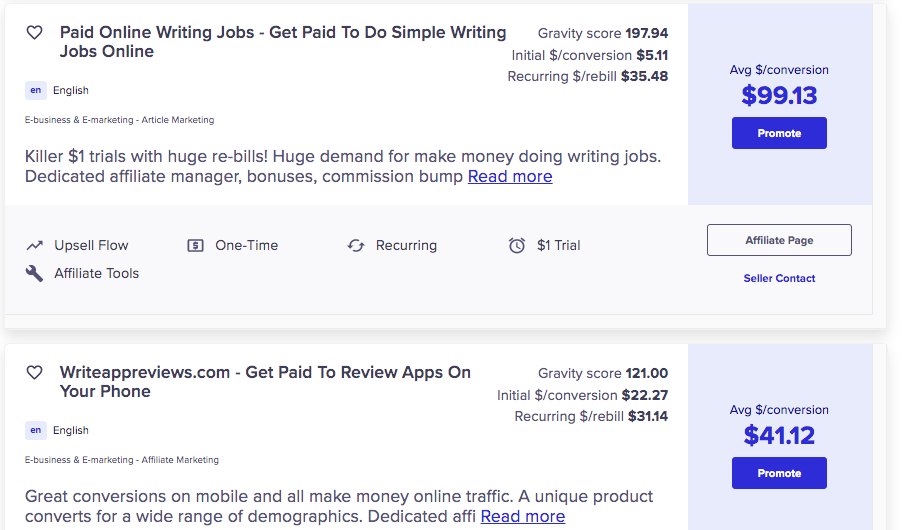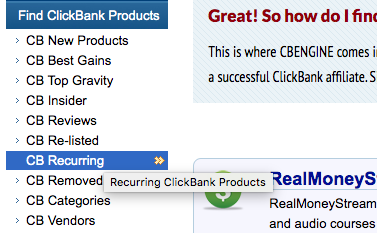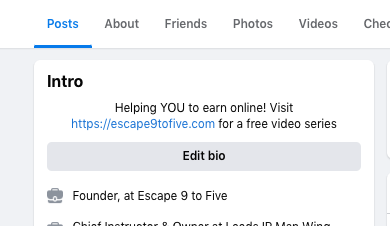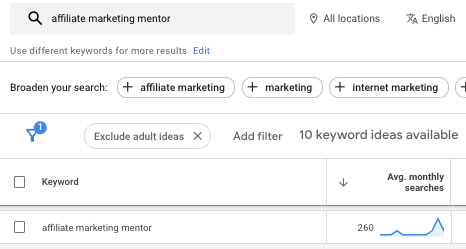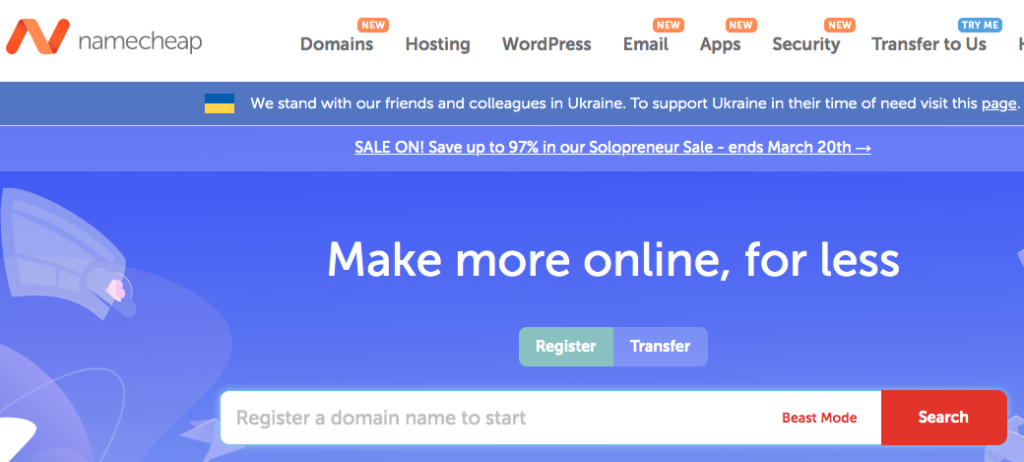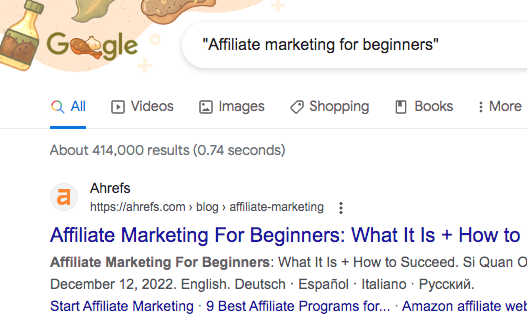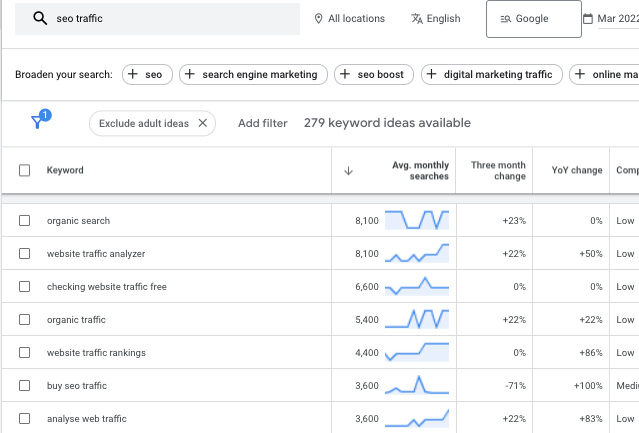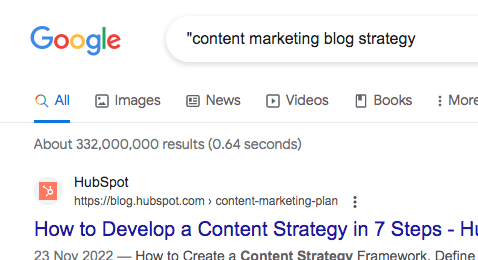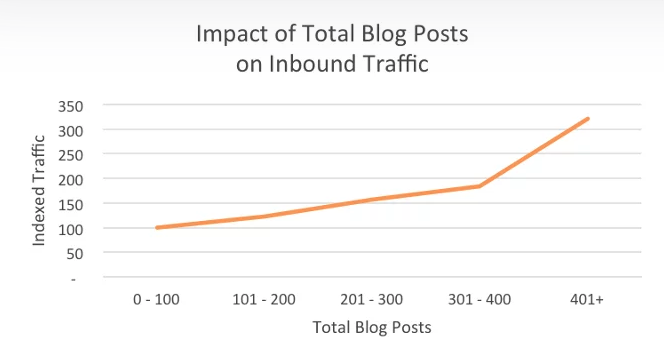Is affiliate marketing free? Yes you can do affiliate marketing completely for free and most affiliate programs allow you to join at zero cost. This makes affiliate marketing one of the most popular online business models available. Anyone can join a program, grab their affiliate link and start promoting it online. When they make a sale, through their affiliate link, the sale is tracked back to them and they earn a commission based on the sale.

However, affiliate marketing isn’t easy and you only generate commissions when you make a sale. As a performance based business model, many new affiliates will quit when they fail to make sales. Even if you are able to make some easy success, this is difficult to sustain over the longer term. To help you succeed with affiliate marketing it is worth purchasing some tools such as:
- A website hosting and domain name – which gives you your own “digital property” – free blog platforms can also be used but tend to have less authority and can they be more difficult to obtain traffic from.
- An email autoresponder – allows you to collect email subscribers and promote your products to greater numbers of people
- Help and support – training is definitely worth the investment if you can afford it. Going it alone isn’t recommended considering the 95% failure rate in affiliate marketing.
There’s also numerous other tools and software which can help you generate more traffic. See also best free blog plugins for WordPress for some free ones.
Is Affiliate Marketing Free – Marketing Strategy
Despite the fact you can do affiliate marketing completely free, it’s much more difficult to make a success of affiliate marketing if you don’t invest anything. Having your own website, for example will give you more authority with your visitors (and with Google) than a free blog platform such as Hubpages.com. A domain name only costs around $10 to purchase and a hosting can be obtained for a few dollars a month.

An email autoresponder is well worth a small investment too (around $10 a month). Affiliates use autoresponders to collect subscribers email addresses and send out automated messages with their affiliate links in them. It allows you to grow your audience quite quickly, depending on your marketing method.
While we are talking about marketing, this is pretty important issue if you don’t want to spend anything. There’s two main methods of marketing which affiliates use: paid and unpaid. Unpaid marketing methods (such as blogging) will take much longer to gain traction with and of course paid marketing costs you something, although you can start with a very low budget while you’re learning.
The best things to invest in if you’re doing everything on a shoestring budget are an autoresponder and a website of your own. The next best thing is to get help support and training.
Traffic Generation
Without a healthy amount of website traffic, you’re going to struggle to sell any affiliate product, no matter how good it is! To get traffic takes some time and/or marketing budget. With a good marketing budget you can turn on traffic like a tap! But if you’re on a tight budget and can’t afford this, you’ll need to find another marketing strategy which is free. Free traffic strategies include unpaid social media marketing tactics and content creation such as blogging or video blogging.
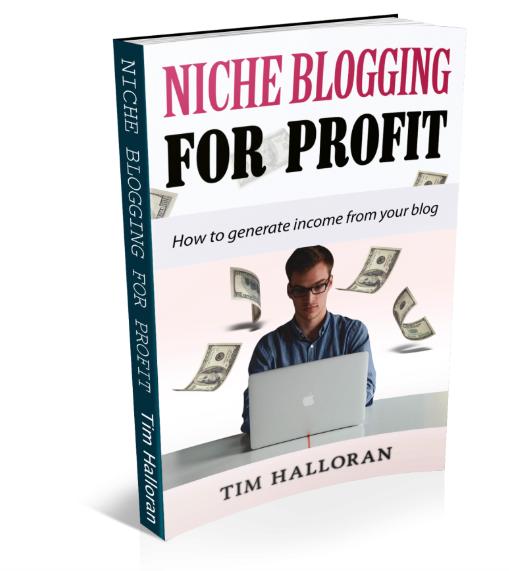
A completely free traffic method is to use blog platforms such as Blogger.com, WordPress.com or Hubpages.com. Write a number of pieces of content and promote them as much as possible throughout your social media platforms. This can take some time and serious effort though so it’s worth considering your marketing strategy carefully.
You’ll also need to choose an affiliate product which is aligned with your blog content. See also customer avatar worksheet and target audience for affiliate marketing.
Summary
Although you can do affiliate marketing completely for free, it’s much more difficult if you don’t have a few useful tools:
- Your own domain name and hosting provider
- Help, support and training
- An email autoresponder – this one gives you free access and up to 500 subscribers without having to pay!
To do affiliate marketing completely for free can be done, but it will likely be much more difficult and involve generating traffic through content marketing rather than through paying for it. This is very slow and there’s a huge amount of competition online for content.
To learn more about affiliate marketing and to get help and support click here.

